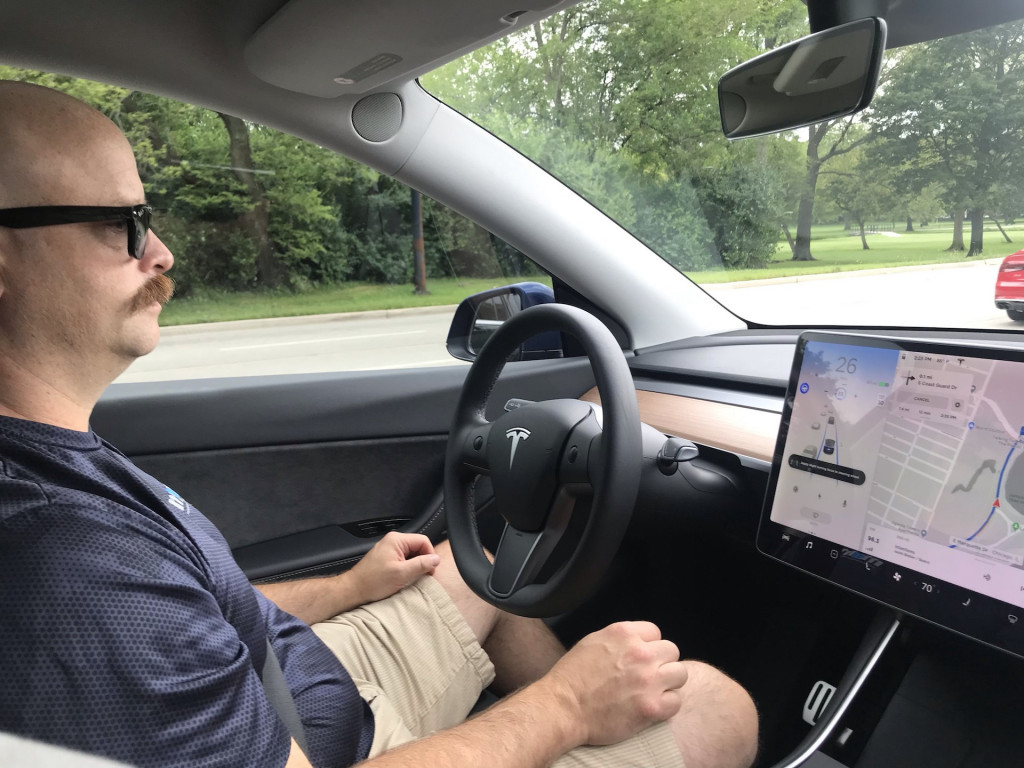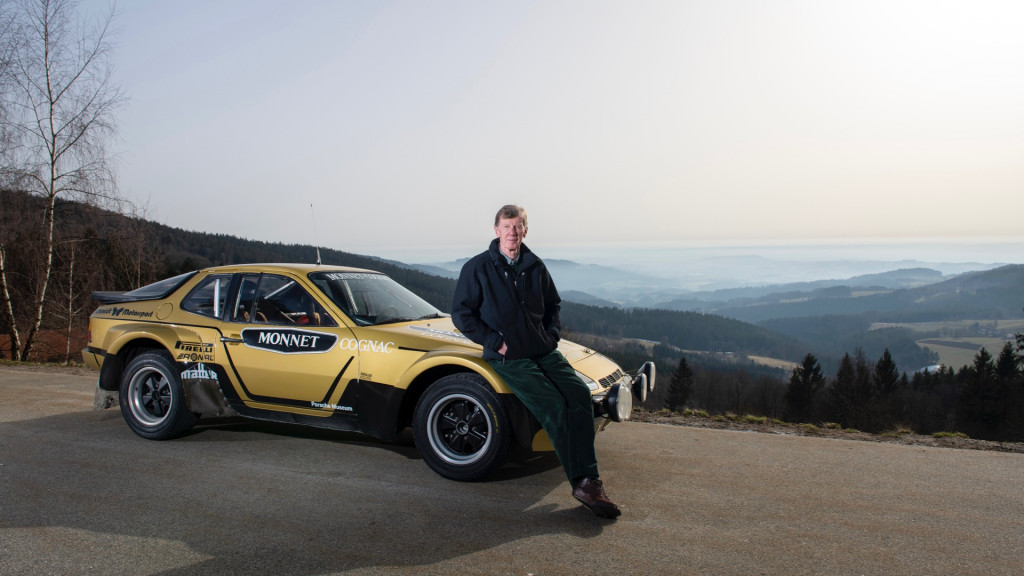Tesla is making its pricey Full Self-Driving (FSD) electronic driver-assist feature available as a subscription.
FSD is being offered as a $199 monthly subscription for cars equipped with Basic Autopilot and $99 when Enhanced Autopilot is equipped. There’s no limit to the subscription, meaning it can be canceled at any time. You can also still purchase FSD outright for $10,000.
The subscription is eligible for Teslas equipped with at least version 3.0 of the FSD computer chip, which was introduced in mid-2019. Tesla has been making the hardware required for FSD a standard feature on its cars since 2016, but those earlier cars have an outdated computer chip. Owners of those earlier cars can pay $1,500 to upgrade to the latest hardware, MarketWatch reported on Sunday.
Why would someone want FSD? All Teslas come standard with Autopilot, which offers some semi-autonomous driver-assist features that are now common in many new cars, like adaptive cruise control and lane-keep assist.

2020 Tesla Model Y
FSD adds more advanced functionality to Autopilot including the ability to automatically overtake slower vehicles on highways, automatically react to traffic lights and stop signs, and handle some parking situations. It also has a Summon feature that brings you your car in parking lots, though you need to remain in sight of the vehicle.
Both the standard Autopilot and the version with FSD need monitoring at all times as the systems are far from perfect and do make mistakes that need to be corrected, making the person behind the wheel ultimately responsible. As a result, they only rank at Level 2 on the SAE scale of self-driving capability.
We also don’t have the necessary regulatory environment that would allow a driver to take their attention away from the road for extended periods.
Tesla predicts that both its FSD functionality and the regulatory environment will improve over time. The company is already promising a function for FSD that the company claims will be able to handle turns automatically in urban environments, still with the driver monitoring. Some customers have already received a beta version of this function.


